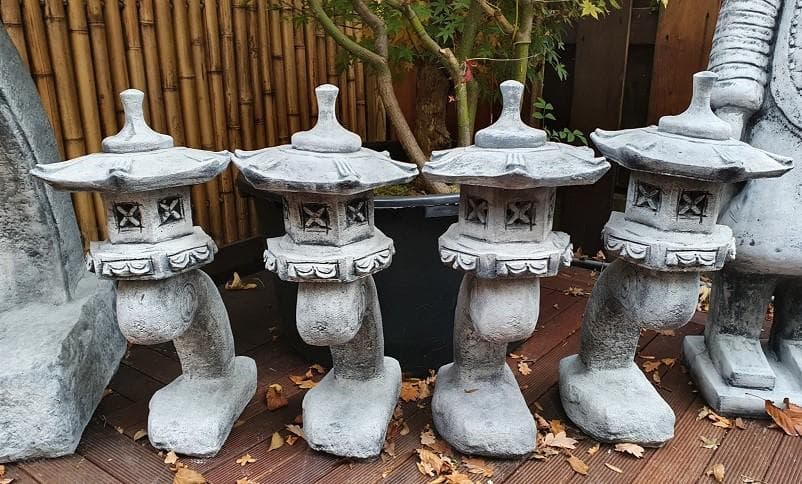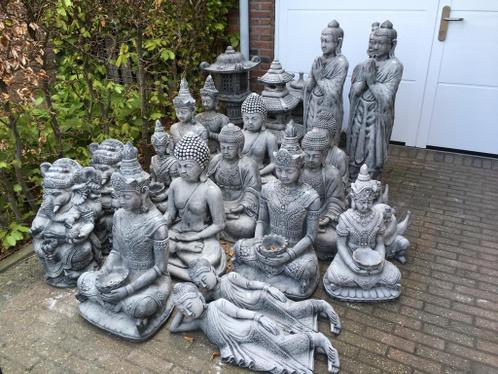
Set Japanse krijgers, tuinbeelden, steen, camouflage-black - Online landelijk rustieke woonaccessoires kopen | Deco-Rustique

Zonne-energie Pagode Lantaarn Beelden Pagode Light Garden Ornamenten Japanse stijl gazon decoratieve vrijstaande verlichte vintage pagode | Fruugo NL

Een reeks van zeven beelden van gebeeldhouwd en gepolychromeerd ivoor op hout die de zeven Japanse geluksgoden (Shichi Fukujin) voorstellen. Onderaan gesigneerd. Op houten display. – Jordaens N.V. Veilinghuis

Prachtige set beelden van Japanse Krijgers - Online landelijk rustieke woonaccessoires kopen | Deco-Rustique

Prachtige set beelden van Japanse Krijgers - houseandgarden.shop - dé webshop voor decoratie in én om het huis!

Tuinbeelden Outdoor Beelden Keramische Japanse Paleis Lamp Binnen Outdoor Zen Licht Ambachten Ornamenten : Amazon.nl: Tuin, terras & gazon




















